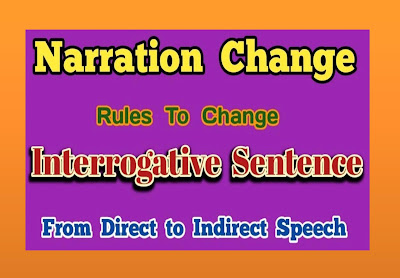Lesson Planning of Words Similar and Opposite in Meaning Subject English Grade V
Lesson Planning of Words Similar and
Opposite in Meaning
Subject English
Grade V
Students` Learning Outcomes
- Locate, provide, connect and use words similar and opposite in meaning.
Information for Teachers
- A synonym is a word that has almost the same meaning as another word.
- An antonym is a word that has opposite meaning.
- Synonyms and antonyms can be found in a dictionary. But they are best found in a thesaurus.
- While teaching the lesson, the teacher should also consult textbook at all steps wherein and whenever it is applicable.
Material / resources
Writing board, chalk/marker, duster, textbook
Introduction
- Start with a game: say a few sentences in which you are saying ‘OPPOSITE’ of what is true in reality at that moment, as;
- It is very evening (morning)
- This is a whiteboard (blackboard)
- Make some similar sentences according to level of your class.
- Let the students have fun while they correct you!
- Tell them that they are going to learn more about antonyms.
- Say a word and the class is going to provide
the opposite of that word. Sample words are given and the antonyms are also
given for the convenience of the teacher.
- Introduce the concept of synonym.
- Ask your students how many of them re very good? Give a pause and ask how many of them are nice,. Repeat the same activity by asking how many of them are decent. Tell the students that all the words carrying same meanings are called synonyms.
Development
|
Activity 1
|
|
Activity 2
|
|
Activity 3
|
Sum up / Conclusion
- Conclude the lesson by revising the main points of the lesson.
Assessment
- Give some words and their antonyms in jumbled form to the students and ask them to match words and antonyms and provide a synonym for any one word.
- Involve the students in solving the problems given in the exercise at the end of unit/chapter.
Follow up
- Ask the students to find five words from their English textbook and write their synonyms and antonyms in their notebooks.








Very good website, thank you.Visit Our Website.
ReplyDeleteOdia Book Chittabodha ba chittabinod
Order Odia Books
Odia Books Online